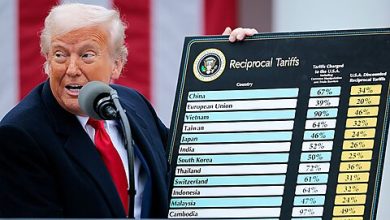We Fixate on Book ‘Bans,’ But It’s Time to Scrutinize Acquisitions

Last week my new Policy Analysis on public school library holdings was published. A major reason I wrote it was that it felt to me that over the last few years Americans had been expending a huge amount of energy on books challenged in libraries while basically ignoring how books are selected.
To check if my feeling was amiss, CEF’s crack research team looked at all of the “reading material” conflicts on the Public Schooling Battle Map, determining how many focus on items already stocked or assigned in schools, and how many are about materials not yet acquired. The former swamp the latter: 556 conflicts are over material already in schools versus five district fights over acquisitions – and those mainly about processes, not specific books or other items – and twelve state conflicts over legislation prohibiting certain acquisitions.
Note that battles categorized as “curriculum” were not counted, but many probably would incorporate prohibiting books. Also, if proposed district policies examining acquisitions led to no disagreements, we did not catalog them. Finally, as always with the Map, if conflicts occurred but were not reported in the media, or were reported but escaped our notice, they are not on the Map.
So these numbers are likely rough approximations of what’s happening, but they support my basic conclusion: People have been focusing much more on challenging stocked books than on possible acquisitions.
This seems illogical. People should want to know what is being purchased, and why, in the first place, not wait to see what eventually hits shelves and then fight over it. At the very least, it is a waste of money to buy books only to see them removed.
But there is a major reason people focus on the back end instead of the front. As my paper discusses, the acquisition process is opaque. It is often unclear who is in charge of selecting books – school boards? superintendents? librarians? – and how they decide which books are worthy and which are not. Acquisition processes have also rarely been examined by researchers.
If ever there were a time to start assessing acquisitions, this is it. Based on the Battle Map collection, the last three years have seen big increases in conflicts, likely spurred by overall frustration with the COVID-19 pandemic that struck in 2020, as well as ongoing demographic, social, and political transformations. Notably, the number of battles in 2020 was small, but that was because the national education debate was dominated by how to attend school at all.
Of course, what these battles emphasize is that no one system can satisfy all people with diverse values and needs. Diving deeper into the acquisitions process would likely highlight the same, inescapable reality.





